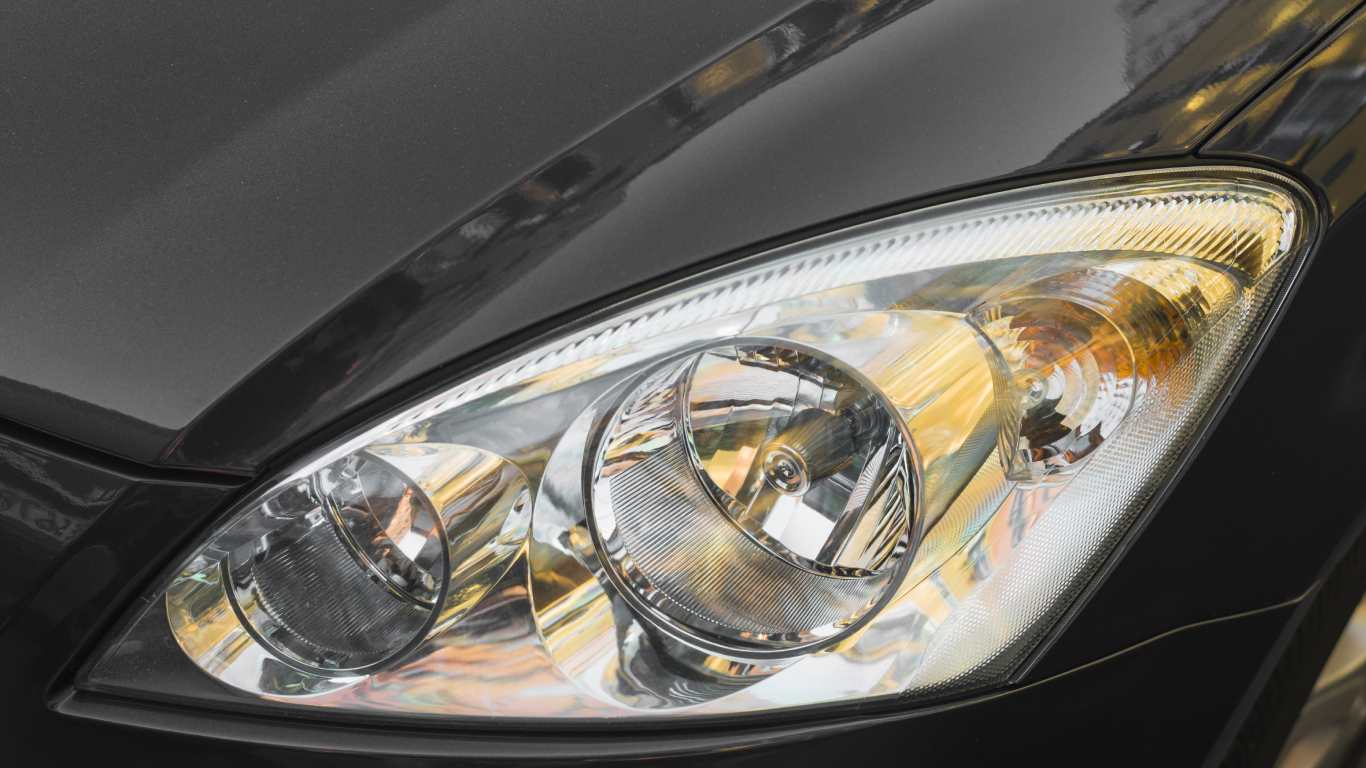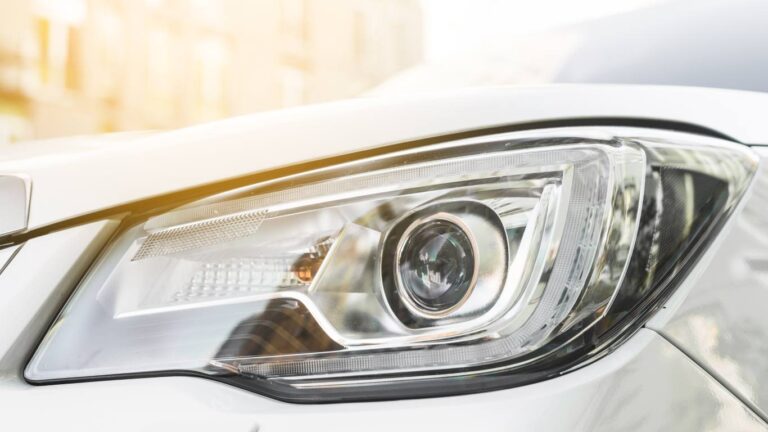The road ahead has never looked brighter. Once simple bulbs, auto headlights have evolved into sophisticated systems that redefine safety and style. Today's modern car headlights are more than illuminators. They're intelligent companions that adapt to driving conditions, enhancing visibility and safety.
Are you ready to upgrade your vehicle's lighting system? Let's discuss the details of LED and HID modern car headlights to help you make an informed decision.
What Are the Types of Modern Car Headlights?
1. LED Headlights
LEDs are often called "cold light sources" due to their minimal UV and IR radiation output. Unlike traditional incandescent bulbs, LED modern car headlights produce very little heat in the form of light. However, the LED chip generates heat during the light creation, with up to 85% of energy converted into thermal energy.
To ensure optimal performance and longevity, LEDs require effective heat management. They are designed with heat sinks and ventilation systems to dissipate the heat generated during operation. External factors, such as engine heat and sunlight, can also impact LED temperature, necessitating advanced thermal management solutions.
Advantages of LED Headlights
- Longevity: LED headlights significantly outlast traditional halogen and xenon bulbs, reducing maintenance costs.
• Energy Efficiency: LEDs consume less power than halogen and xenon alternatives.
• Environmental Friendliness: Lower energy consumption translates to reduced carbon emissions.
• Brighter and Whiter Light: LEDs produce a brighter, whiter light than halogen bulbs, enhancing visibility.
• Faster Ignition: Unlike HID auto headlights, LEDs illuminate instantly upon activation.
• Design Flexibility: The compact size of LEDs allows for greater design freedom in headlight assemblies, enabling innovative lighting features.
Disadvantages of LED Headlights
- Higher Cost: LED bulbs are generally more expensive upfront than halogen alternatives.
• Longer Lifespan: Despite the initial higher cost, LED bulbs offer significantly longer lifespan, leading to potential cost savings in the long run.
• Compatibility Issues: Not all vehicles are designed for LED bulbs. Switching to LEDs without considering compatibility can lead to MOT failures and electrical problems.
• CANBUS Interference: Many modern cars use a CANBUS system to control various electronic components, including automobile headlights. Aftermarket LED bulbs can interfere with this system, causing issues like error messages or flickering lights.
2. HID Modern Car Headlights
The familiar incandescent bulbs used in cars since the Model T persisted for decades. However, a revolutionary shift occurred fifteen years ago with the presentation of High-Intensity Discharge (HID) headlights. These initially appeared in the 1991 BMW 7 Series and are becoming more common across various car models.
Unlike traditional bulbs that rely on heated filaments for illumination, HID automobile headlights operate differently. Instead of a filament, they use a high-pressure gas excited by high-voltage electrodes. This gas, typically xenon, transforms into bright plasma when activated. Notably, a single HID bulb can match the output of two incandescent filaments.
Advantages of HID Headlights

- Improved Visibility: Xenon headlights offer a wider and brighter light spectrum.
- Longer Lifespan: Last up to three times longer than traditional halogen bulbs.
- Energy Efficient: Consume 25-30% less energy than halogen bulbs.
- Cost-Effective: Longer lifespan and lower energy consumption lead to long-term savings.
- Enhanced Aesthetics: Provide a modern and stylish look to vehicles.
Disadvantages of HID Headlights
• Glare: HIDs may cause discomfort and potential safety issues for oncoming drivers.
• Reduced Visibility in Fog: Blue light from HID headlights scatters more in foggy conditions than traditional headlights.
4 Tips to Know Before Upgrading Old Headlights to Modern Car Headlights
- Before upgrading your halogen bulbs to modern headlights like energy-efficient LEDs, several factors should be considered.
1. Compatibility is crucial when upgrading to modern LED headlights. Not all modern headlights are compatible with every vehicle. To ensure a proper fit, always consult your car’s manual for specific headlight specifications.
2. Brightness is a key factor in headlight performance. Drivers often prioritize powerful headlights for improved visibility. While older headlight technologies struggled to illuminate the road adequately, modern car headlights offer significantly enhanced brightness. However, it's important to note that excessive brightness can be a safety hazard for oncoming drivers.
3. Color temperature significantly impacts headlight performance. A headlight's color is determined by its operating temperature, with higher temperatures producing a whiter light. However, age and environmental conditions can affect a bulb's color.
4. Quality is paramount in headlight manufacturing. While consumers may not possess in-depth headlight knowledge, choosing a reputable manufacturer is essential. A poorly designed or manufactured headlight can lead to performance issues and costly repairs.
How to Buy Modern Car Headlights Online
Shayan Auto Parts is a leading manufacturer of car parts in Canada with over 25 years of experience. Our commitment to quality ensures that our products, including modern headlights, meet the highest industry standards.
Enhance your vehicle's safety and visibility with our advanced headlight options. Explore our online catalog to find the perfect fit for your car. Experience the Shayan Auto Parts difference.
FAQ | Modern Car Headlights
LEDs use light-emitting diodes while HID uses high-intensity discharge. LEDs are more energy-efficient, have a longer lifespan, and offer faster ignition. HID headlights provide brighter light but can have compatibility issues.
LED headlights are generally more energy-efficient than HID headlights.
LED headlights have a much longer lifespan than HID or halogen bulbs, often lasting 25,000 to 50,000 hours. HID headlights typically last 2,000 to 3,000 hours.
Yes, compatibility issues can arise. Check vehicle specifications before upgrading.



